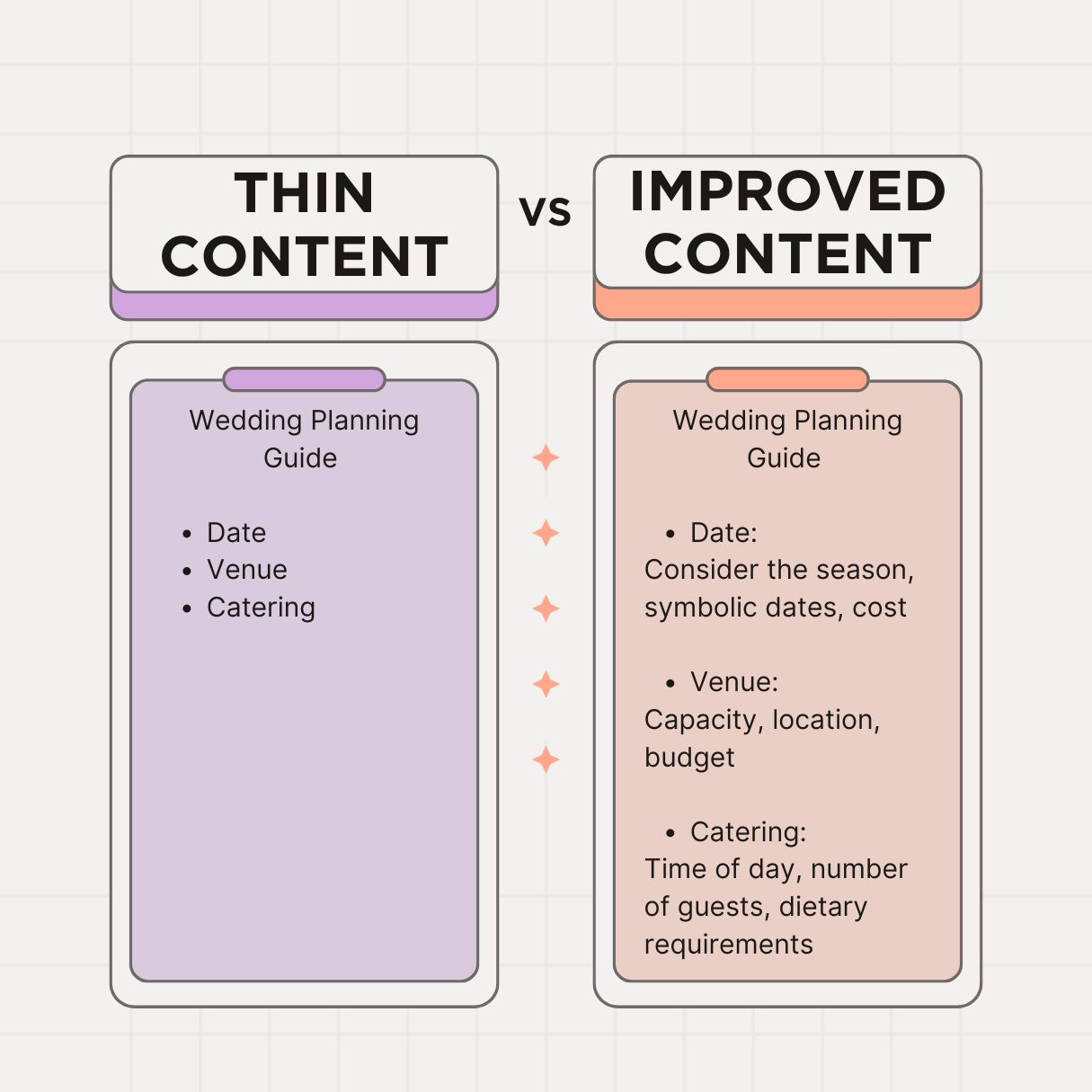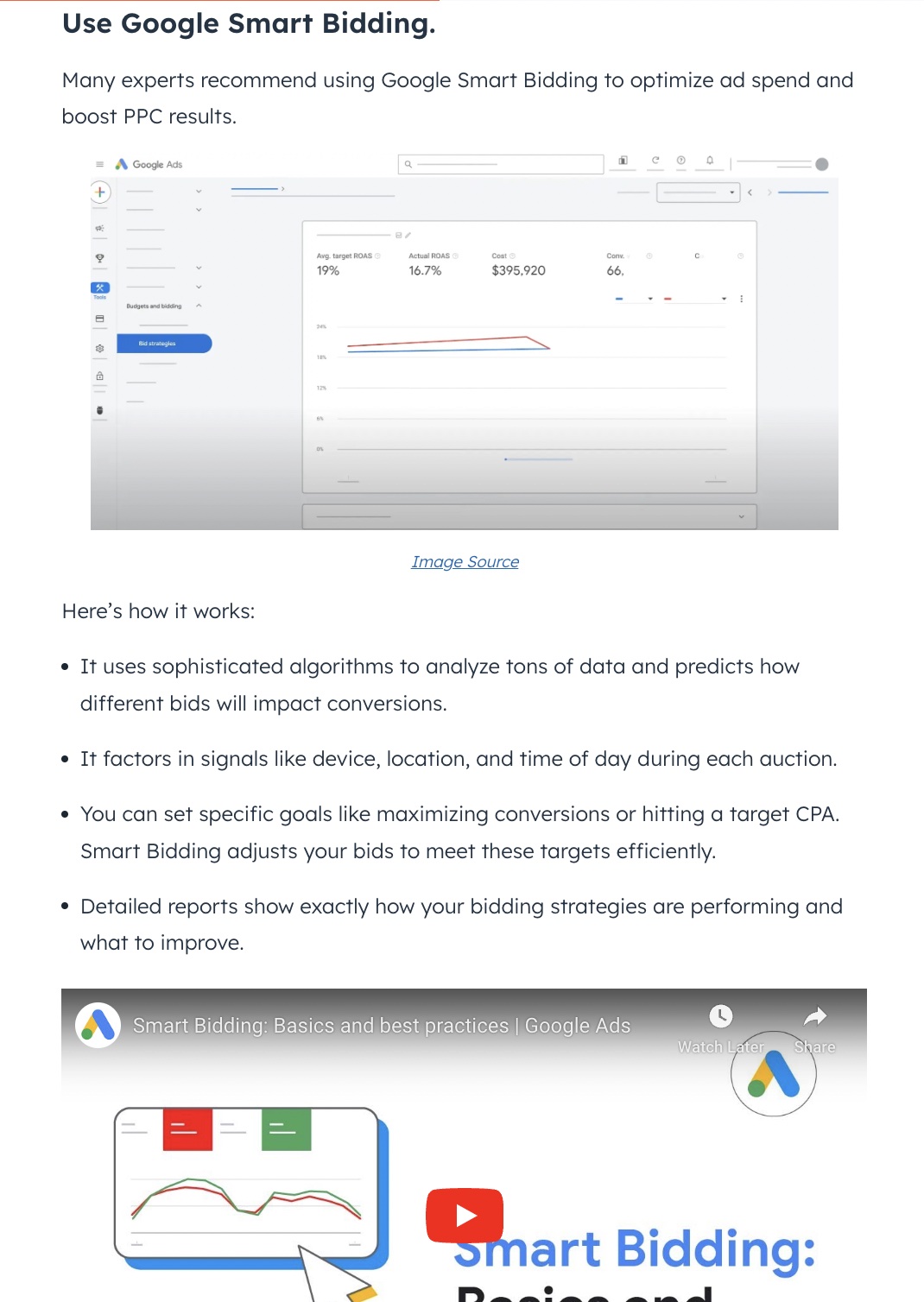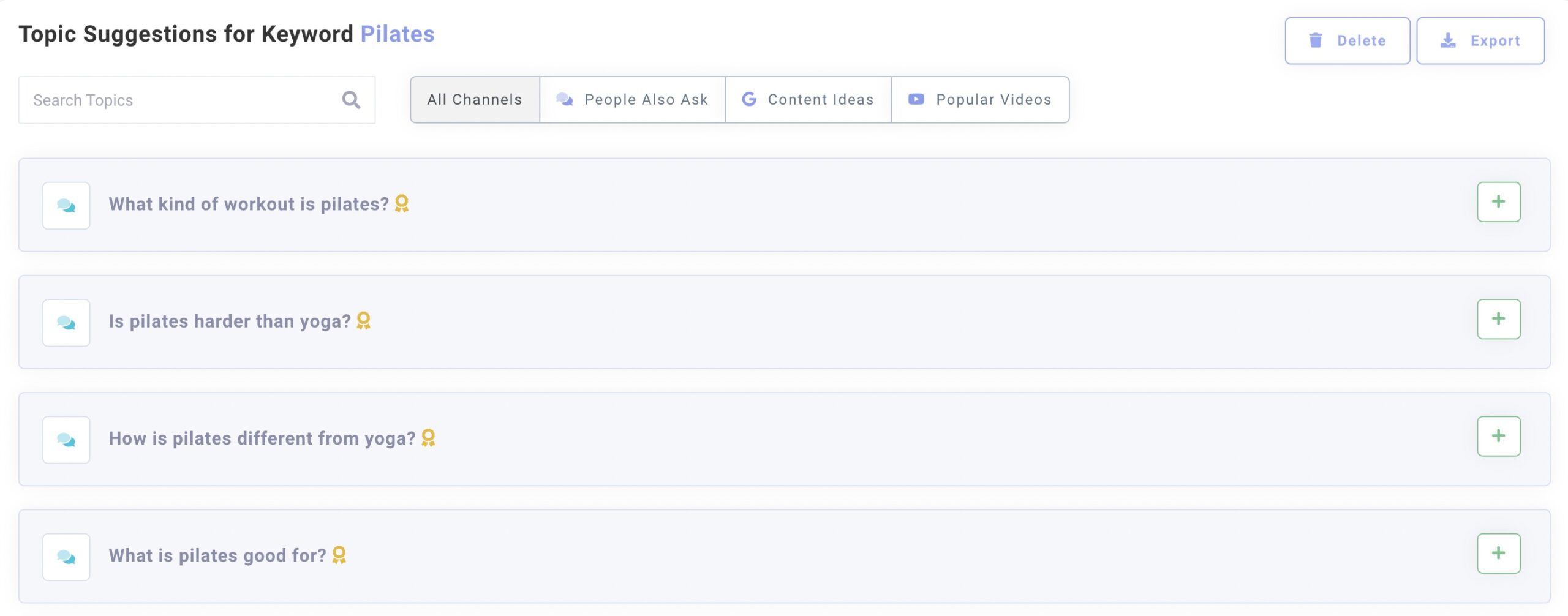Avoid Thin Content To Optimize Your SEO
Thin content is the arch nemesis of good quality SEO performance. In fact, it can result in website-wide SEO penalties that will grind your search traffic to a halt. This means you need to understand what thin content is and the top strategies to avoid unwanted outcome.
In this article, we’ll share an overview of thin content drawbacks to help you understand the urgency of removing any instances of it from your website. Also, we’ll help you do this by sharing the best practices and revealing how Hike SEO can help along the way.
Google uses at least 200 ranking factors, and a significant portion of them relate to identifying thin content. Keep reading to begin improving your score for these ranking factors to beat competitors to the top of the SERPs.

What Is Thin Content?
Thin content refers to web pages with little or no valuable information for users. This type of content typically lacks depth, quality, or originality. That’s because it's too brief, poorly written, or duplicated from other sources.
Search engines have a systematic way of identifying thin content and will penalize you in the search rankings. Here are the top examples of content that’s typically classed as thin:
Search engines like Google penalize thin content because it diminishes the user experience, so it leads to lower search rankings for sites that rely on it. To avoid thin content, website owners should focus on creating high-quality content that meets the needs of their target audience.
The Drawbacks of Using Thin Content
Now let’s turn our attention toward the drawbacks of using thin content. Whether you do it intentionally or by accident, adding thin content to your website can have massive negative consequences. We’ll reveal what they are in this section so you can be properly motivated to get rid of any thin content on your website.
Poor Search Engine Rankings
Thin content leads to poor search engine rankings because it fails to provide valuable information to users, resulting in a negative user experience. However, search engines like Google prioritize content that is informative, original, and engaging.
Consequently, search algorithms downgrade thin content, leading to lower rankings. Hence, sites with thin content may also face penalties, further harming their visibility. This means you need to focus on high-quality content to maintain strong search engine performance.
Negative User Experience
Thin content leads to a negative user experience by failing to meet their needs and expectations. When users encounter content that is brief, repetitive, or lacks depth, they do not find the information or solutions they are seeking. This causes them to go back to the search engine and start again.
Therefore, thin content experiences increased bounce rates, and reduced time spent on page. Users prefer content that is comprehensive, engaging, and tailored to their queries. When a site consistently delivers thin content, it discourages repeat visits and diminishes overall user satisfaction.
Weakend Brand Authority
Adding thin content to your website weakens brand authority by undermining the credibility and trustworthiness of a website. When a brand consistently produces content that is shallow, it fails to demonstrate expertise or thought leadership in its field. Therefore, users perceive the brand as less reliable or knowledgeable, which erodes trust and reduces its influence.
Over time, the diminishing brand reputation and authority, makes it harder to build a loyal audience or attract new customers. In comparison, high-quality content is essential for establishing and maintaining a strong brand authority. It showcases the brand’s expertise and commitment to delivering value.
Decreased Conversion Rates
Thin content leads to decreased conversion rates by failing to engage and persuade users. Think about whenever you land on a page that fails to impress or directly deliver on your search query. You don’t settle for bad content since you know there are many other websites to explore.
Most search queries of any commercial value are highly competitive, so you need to offer the best content possible. This ensures that visitors take the desired action, which might be to make a purchase, sign up for a newsletter, or request more information.
Short-Term Focus
You may want to cut corners with content quality to save money in the short-term, but this prioritizes quick wins over long-term value. Therefore, producing shallow or low-quality content aimed at immediate search engine rankings or traffic, sacrifices sustainable growth and user engagement.
This approach may temporarily boost visibility, but it fails to build lasting relationships with users or establish authority. As search engines evolve to prioritize quality, thin content strategies quickly become ineffective. Hence, thin content requires a constant churn of low-value ideas.
How Search Engines Identify Thin Content
Understanding how search engines identify thin content will help you see that there are no strategies which can work. Avoiding thin content altogether is the better approach since search engines have advanced tools at their disposal to thoroughly test content quality.
Here’s a summary of the top methodologies search engines use to identify thin content:
Best Practices For Avoiding Thin Content
We’ve established that thin content must be avoided at all costs, or you’ll face severe penalties from Google. Fortunately, there are best practices you can follow to have some of the best content on the internet. Keep reading for strategies to almost guarantee you won’t put out thin content.
Focus on Originality and Offer Value
Prioritize creating content that addresses the specific needs and interests of your target audience. This means you need to understand their pain points, questions, and preferences. It takes extra research, but it’s a worthwhile investment of resources.
Avoid content that is overly focused on keywords or search engine rankings at the expense of value. Instead, aim to deliver well-researched, informative, and engaging material that keeps users interested.
High-quality content not only meets search engine criteria but also builds trust and authority with your audience. This leads to better engagement, return visits, and higher conversion rates.
Enhance Content with Visuals and Media
Supplement your text with relevant images, videos, infographics, and other media to enhance user engagement and understanding. Visual content helps break up text, thereby making it more digestible while also providing additional layers of information.
For example, on Hubspot's blog, you can see the author has supplemented the text with other content types e.g. images and videos to enhance engagement.

For example, an infographic can summarize complex data in an easily understandable way. Media also supports better SEO, as it can improve time on site and reduce bounce rates.
However, ensure that all visuals are high quality, relevant, and appropriately labeled with alt text. This improves the user experience and also sends the right signals to search engines.
Use Tools To Get Ideas
Using tools to generate content ideas helps avoid thin content by ensuring your topics are relevant, comprehensive, and aligned with user search intent. Tools like Hike SEO analyze keyword data, competition, and trends to suggest content that addresses user needs.
For example, Hike SEO can identify long-tail keywords related to your niche, guiding you to create in-depth articles that cover these topics thoroughly. You can also use the content topic generator to come up with new ideas in your niche.
An example of the Hike platform giving content topic suggestions for specific keywords

Regularly Update and Expand Content
Content that remains static can become outdated and lose relevance over time, which leads to thin content. Hence, regularly review and update your content to reflect the latest information, trends, and user needs.
Furthermore, expanding on existing content with new sections, data, or insights can also improve its depth and value. This gives you the freedom to publish content and come back to it at a later date when you have more value to add.
This ongoing refinement ensures your content stays relevant, authoritative, and useful, which helps maintain or improve search engine rankings. Furthermore, search engines favor websites that are active and consistently provide fresh content. It will strengthen your site’s long-term SEO performance and user satisfaction.
Frequently Asked Questions
Why is thin content harmful?
Thin content is harmful because it provides little value to users, which leads to poor user experiences, high bounce rates, and reduced trust in your brand. Search engines penalize thin content, so it results in lower rankings and decreased visibility.
Over time, this undermines brand authority, weakens audience engagement, and negatively impacts conversion rates. This ultimately harms your website's overall performance.
How can I identify thin content on my site?
To identify thin content on your site, analyze pages with low word counts, high bounce rates, and minimal user engagement. You can use tools like Hike SEO and Google Analytics to track these metrics and find duplicate content.
Furthermore, review content for depth, originality, and relevance. You can also regularly audit your website and pinpoint areas that need improvement to enhance overall quality.
How does thin content affect SEO?
Thin content negatively affects SEO by providing minimal value to users. Search engines don’t want thin content populating their result pages. Therefore, it receives lower rankings and visibility in search results. This reduces organic traffic, weakens brand authority, and hinders long-term SEO performance.
How often should I audit my site for thin content?
Regularly auditing your site for thin content is essential, so ideally every six months or after significant content updates. Overall, frequent audits help identify and address content that’s outdated, underperforming, or no longer relevant.
This proactive approach ensures your site maintains high-quality content that supports strong SEO performance and user satisfaction.
Hike SEO
You can now see why avoiding thin content at all costs should be at the forefront of your content marketing strategy. Otherwise, you’ll be sabotaging the hard work of setting up your website and getting your business running.
However, it can be tricky to avoid thin content without a systematic way of handling your content marketing strategy. You can use Hike SEO to supercharge your content quality by:
Do you like the sound of what our industry-leading tool has to offer? Then give Hike SEO a try today, and don’t look back.